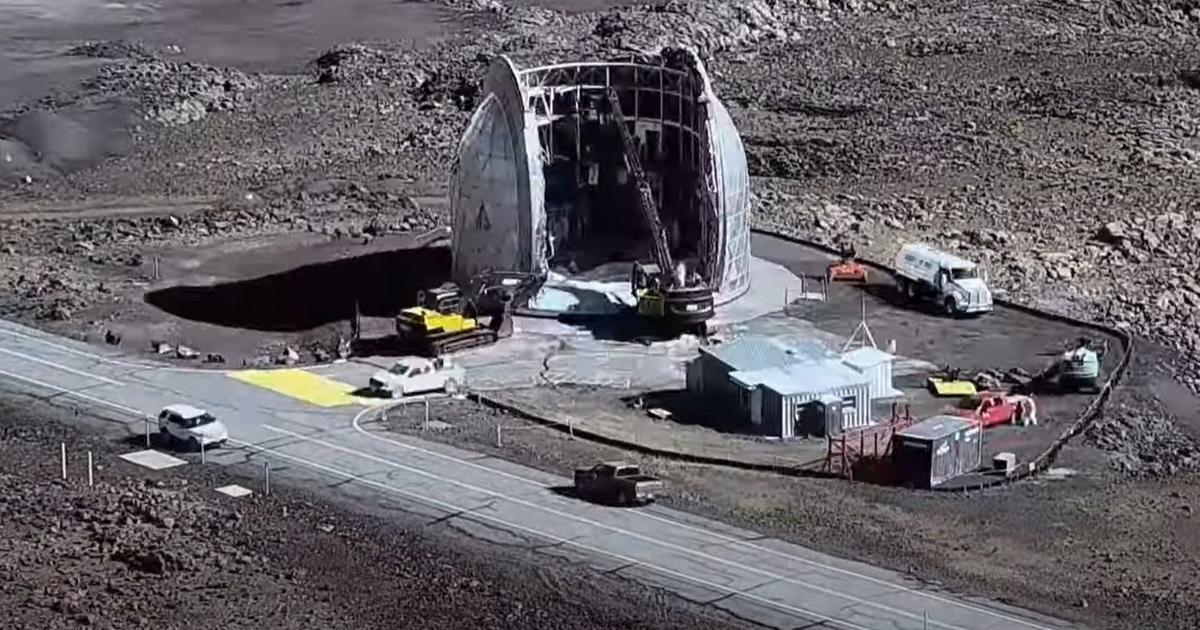The final components of the Caltech Submillimeter Observatory (CSO) — the foundation, geodesic dome and buildings — have been removed from the summit of Maunakea, Hawaii, and the landscape restored.
This officially ends the physical decommissioning of the CSO, which began in 2015 and began in earnest in 2022, according to the State of Hawaii's decommissioning plan for the Maunakea observatories.
Over the next three years, the site will be monitored to document dormant natural populations of the summit's flora and fauna. And the results will be announced, said Caltech, which released a video of the final extraction.
The CSO, which operated between 1987 and 2015, opened a new window to study submillimetre wavelengths of light., which lie between infrared and radio in the electromagnetic spectrum. Their findings cover a wide range of objects, including comets, planet-forming disks around stars, distant galaxies, and more. New sensing technologies were used in CSO, and those technologies played an important role in space and ground-based observations.
related to
NASA missions have been able to record the arrival of X and gamma rays from continuous solar flares and coronal mass ejections, which are…
related to
NASA has released a detailed 3D animation of its Gateway project, the first space station to orbit the Moon for missions to space…
The future of telescopes in Chile
Currently, the CSO telescope is packed into shipping containers at a port on the island of Hawaii, where it awaits a new purpose in Chile: the Leyton Sagenanter telescope.. The telescope's inventor, the late Caltech professor Robert P. The name honors both Leyden and the observation deck on the high Sajnandar plain.
The reincarnated telescope will make real-time observations of little-explored cosmic flares at submillimeter wavelengths., and will continue to monitor planetary and stellar nurseries and the most distant galaxies. The telescope components will be shipped to Chile next year, and the first observations are expected to be made in 2027.





:quality(85)/cloudfront-us-east-1.images.arcpublishing.com/infobae/KTKFKR763RBZ5BDQZJ36S5QUHM.jpg)